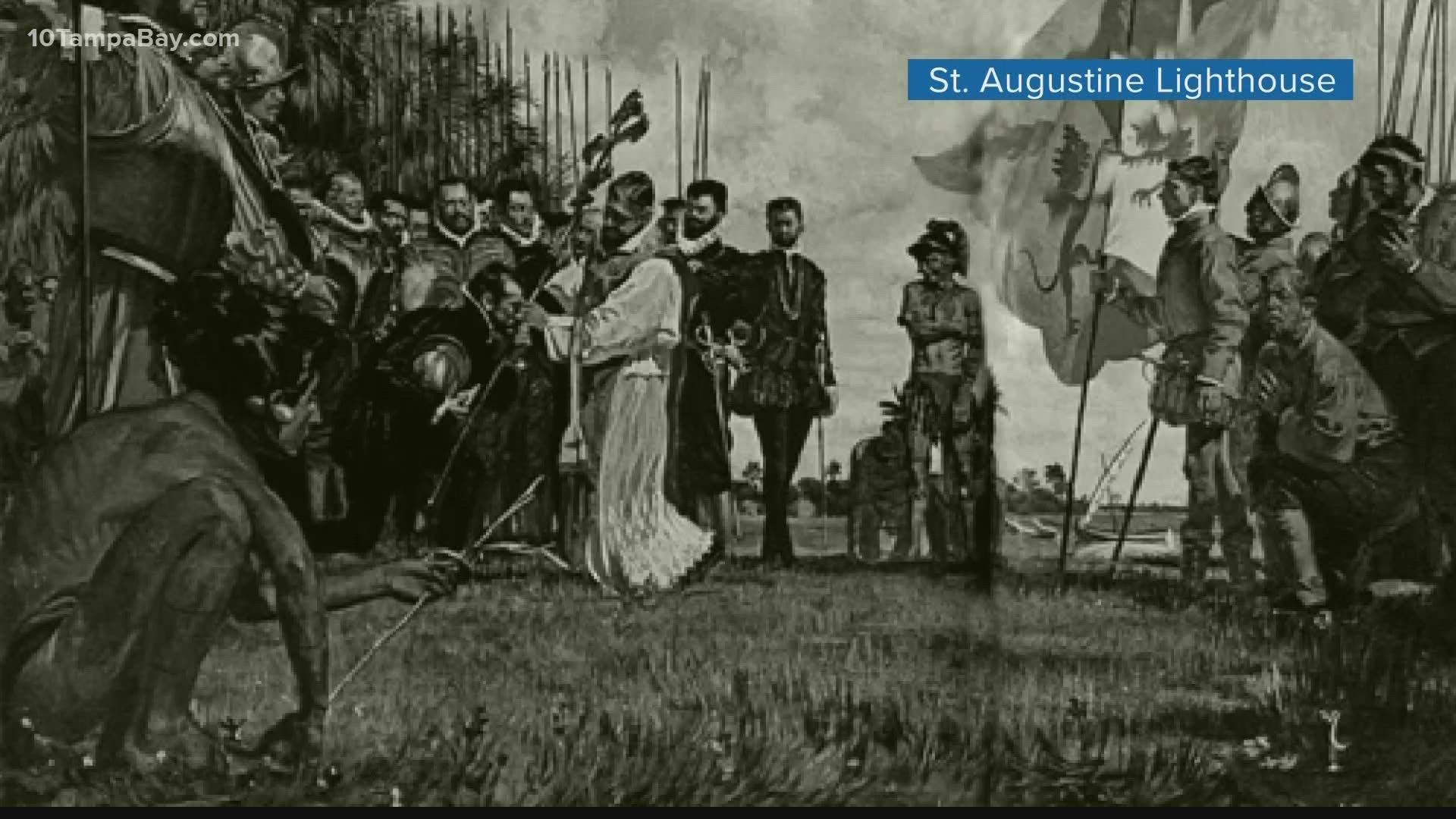ST. AUGUSTINE, Fla. — If you really want to surprise your guests at the dinner table this year, ask them where the first Thanksgiving took place.
They'll probably say Plymouth, Massachusetts when the Pilgrims and the Wampanoag Tribe shared a harvest in 1621. But they'd be wrong.
It was actually in St. Augustine, Florida about 56 years prior to the one you learned about in school growing up.
Late Florida historian Michael Gannon is credited with finding documents that supported the state's claim to holding the first-ever Thanksgiving.
“Not until 56 years later would the Pilgrims in Massachusetts observe their famous Thanksgiving. St. Augustine’s settlers celebrated the nation’s first Thanksgiving over a half-century earlier," Gannon said, per the Florida Historical Society.
Back in 1565, Pedro Menéndez de Avilés and 800 Spanish settlers founded the city and threw a Mass of Thanksgiving upon their arrival, according to the National Parks Service.


"Menéndez laid out a meal to which he invited as guests the native Seloy tribe who occupied the site," a historical account reads.
As for what was on the table? It's likely the meal consisted of what the Spaniards had onboard their ships at the time, like stew, sea biscuits and red wine.
Speaking on WUSF's "the Zest" podcast, Rodney Kite-Powell, who is a historian and director of the Touchton Map Library at the Tampa Bay History Museum, said it's unknown if the Native Americans brought food of their own to the meal.
If they did, Kite-Powell suspects the tribe would have contributed indigenous foods like alligator, gopher turtles, venison and gourds.
"This was the first community act of religion and thanksgiving in the first permanent European settlement in North America," according to the National Parks Service.
While the celebration is not recognized as the origin of the national tradition, given British forces put their observances forward during the 18th century, it's an important historic event for the Sunshine State.
To this day, the first Thanksgiving is commemorated by a 250-foot cross that stands at the Spaniards' original landing site.

